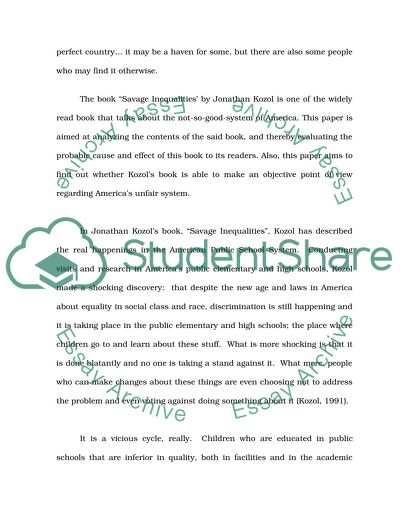Cite this document
(“Integrated Critique of Richard Dawkins Selfish Gene and Kozol's Savage Essay”, n.d.)
Integrated Critique of Richard Dawkins Selfish Gene and Kozol's Savage Essay. Retrieved from https://studentshare.org/miscellaneous/1507134-integrated-critique-of-richard-dawkins-selfish-gene-and-kozols-savage-inequlites
Integrated Critique of Richard Dawkins Selfish Gene and Kozol's Savage Essay. Retrieved from https://studentshare.org/miscellaneous/1507134-integrated-critique-of-richard-dawkins-selfish-gene-and-kozols-savage-inequlites
(Integrated Critique of Richard Dawkins Selfish Gene and Kozol'S Savage Essay)
Integrated Critique of Richard Dawkins Selfish Gene and Kozol'S Savage Essay. https://studentshare.org/miscellaneous/1507134-integrated-critique-of-richard-dawkins-selfish-gene-and-kozols-savage-inequlites.
Integrated Critique of Richard Dawkins Selfish Gene and Kozol'S Savage Essay. https://studentshare.org/miscellaneous/1507134-integrated-critique-of-richard-dawkins-selfish-gene-and-kozols-savage-inequlites.
“Integrated Critique of Richard Dawkins Selfish Gene and Kozol'S Savage Essay”, n.d. https://studentshare.org/miscellaneous/1507134-integrated-critique-of-richard-dawkins-selfish-gene-and-kozols-savage-inequlites.


